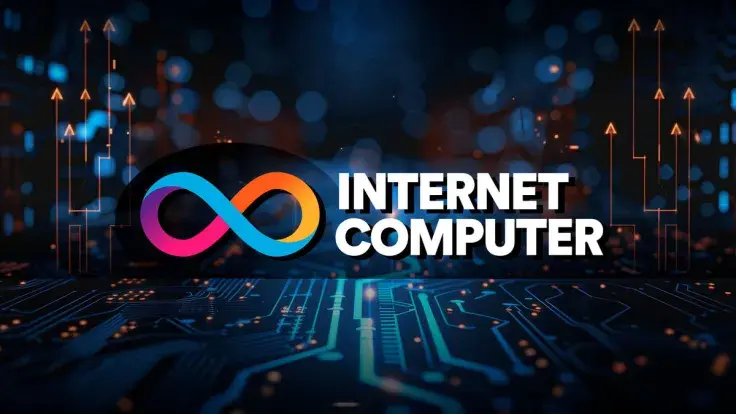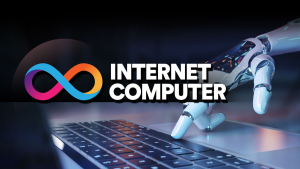
The Internet Computer Protocol (ICP) has announced the integration of Threshold-Schnorr signatures and on-chain Bitcoin block headers as part of its Deuterium milestone.
This advancement enables developers to create Bitcoin-native applications that were previously impossible, such as directly signing Schnorr signatures, inscribing Ordinals and handling BRC-20 tokens on Bitcoin's layer 1.
This enables builders like Omnity to handle Taproot assets and connect them with chains that use ed25519 signatures (such as Osmosis and Solana).
Over 68 million Ordinals inscriptions, with a total fee of $459 million and over 15 million Runes transactions, are testaments to the rising builder and user activity in the Bitcoin ecosystem.
The Deuterium milestone also enables Helix to play a part in the growing Bitcoin layer-2 ecosystem. Runes and Ordinals now value over $1 billion, with a daily trading volume of $2.25 million. It also opens the doors to protocol integrations like Stacks ($4.1billion TVL) or Rootstock.
Bitcoin is evolving from the digital gold to a decentralized economic infrastructure, with new protocols like Runes and BRC20 driving transaction volumes. However, the lack of native smart contract support on Bitcoin has been a barrier for developers.
ICP’s latest integration overcomes this, allowing full access to Bitcoin block data and unlocking new possibilities for decentralized applications on the Bitcoin network.
“Most Bitcoin meta protocols, like Ordinals and BRC20, use Taproot transactions that rely on Schnorr signatures. With tSchnorr, ICP smart contracts can now natively sign Bitcoin transactions, enabling developers to create a wide range of use cases like etching runes, DeFi lending markets backed by Ordinals, or infrastructure such as decentralized indexers. We're already seeing a major surge in developers adopting tSchnorr, and we believe this will significantly accelerate development in the Bitcoin ecosystem,” Lomesh Dutta, VP of Growth at the DFINITY Foundation, said
Threshold-Schnorr will become Omnity's rocket engine, enabling it to handle Bitcoin Taproot assets and connect with blockchains like Solana and Osmosis that use the ed25519 signature scheme by the end of August 2024.

 Dan Burgin
Dan Burgin Vladislav Sopov
Vladislav Sopov U.Today Editorial Team
U.Today Editorial Team